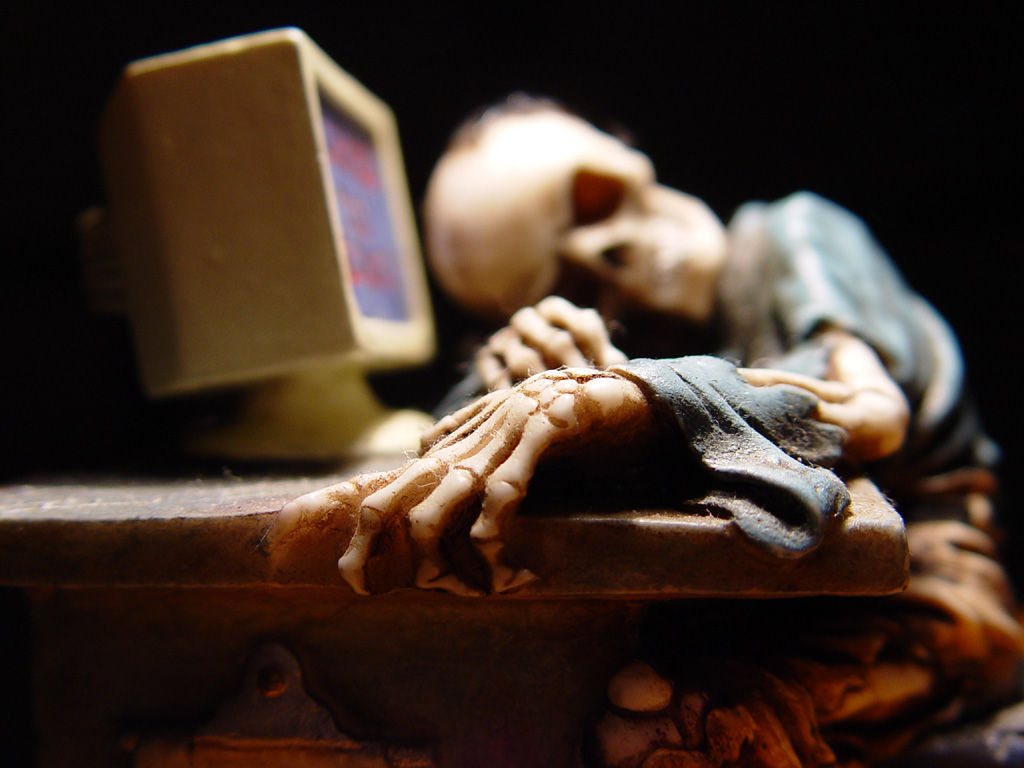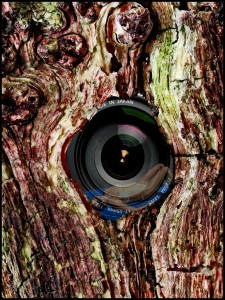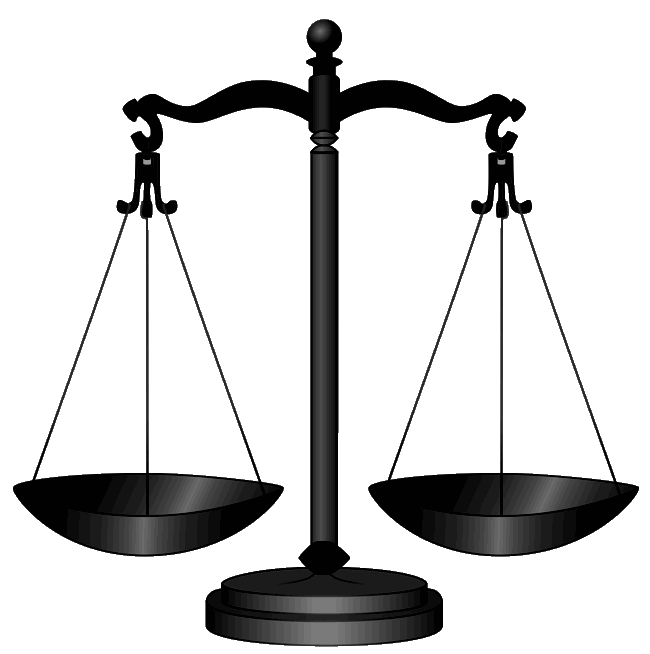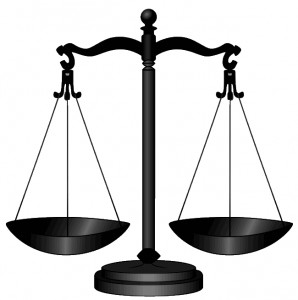One passage that I particularly liked for its relevance to modern day encryption, is when Randy and Avi are communicating using Ordo, a program that helps them encrypt their messages. It uses modern encryption where the user selects a key length and creates a key, which is used to encrypt the messages. The longer the key, the more other possible keys there are and the harder it is for someone to crack. In the book, Ordo gives the options of 768, 1024, 1536, 2048, and 3072 bit keys. A 768 bit key by itself is very difficult to break and would take a lot of time. However, Randy and Avi decide to use a 4096 bit key, which is effectively unbreakable. For reference, each additional bit added (like 768 to 769 bits) doubles the total number of possible keys, so 4096 bit keys are not just a lot harder to break, they are literally unbreakable in comparison.
This is very similar to the RSA encryption we have discussed in class, as far as the prime numbers involved and the time it takes to crack. So the question is, how far does one really need to go to create a key? As Randy says, “it would take longer than the lifespan of the universe” to break the key (Page 54). Even with the advancement of technology at the rate it moves, a key only needs to last so long and surely 4096 bits accomplishes this completely.
This passage added to my understanding of the encryption by helping me get a perspective on just how big these keys are and how safe they are as far as ability to be broken. Like I said, these topics that deal with modern day encryption by far interest me the most since they are basically what we continue to use today. I feel that the more we know about the encryptions that we actually use, the more safe we can keep our information.
Image Credit: Dead Pixels by coda






